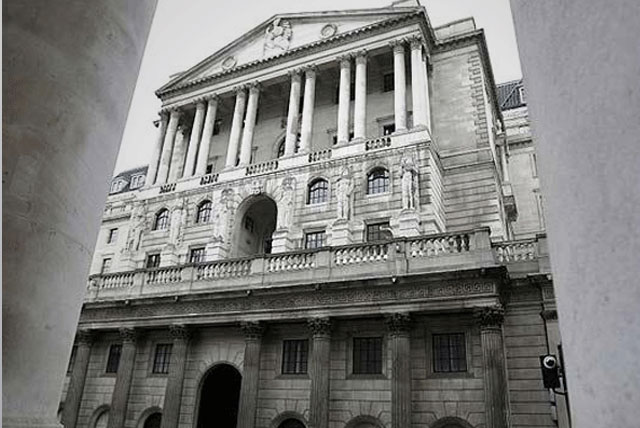
Rotation into corporate debt and equity
In the midst of a dramatic economic slowdown and RPI sitting at the lowest level since 1945, the Bank of England has now reduced interest rates to 0.5%, an effective zero-rate policy similar to that which Japan was forced into back in the 90s and which commentators thought impossible just a few years ago. Combined with efforts to keep down long-term bond yields via quantitative easing, it would appear that there are no more cards to play in order to stimulate the UK economy without resorting to tax cuts which, given the state of UK finances, is unthinkable.
The Bank of England has not been alone in aggressively cutting interest rates. There have been similar measures in the USA and, of course, Japan’s interest rates have not budged from close to zero, despite some early signs that the recession there is over. The exception has been the European Central Bank where the key interest rate has remained stubbornly at 1.5%. Whilst this rate is still low by any historical measure, it has resulted in Sterling weakness against the Euro, prompting an unwelcome rise in the price of imported goods to the UK, which threatens to stoke inflation. However, we may be seeing the early stages of a change in this trend. One need only consider the weakening of the industrial base of the UK to see how fluctuating exchange rates between the Euro and Asian currencies can directly affect a country with a heavy reliance on imports. Consequently, UK inflation picked up noticeably in March, up 0.9% month-on-month (though fell in April), whilst retail sales fell, particularly big ticket items like imported consumer goods. With fuel prices now on the rise, inflation may yet pick up again before the end of the year.
Thus, while the nature of the credit crunch has been global, the effects, and the policy responses, have differed. The European Central Bank, with several separate economies on different economic cycles, does not have the flexibility to move rates with the same freedom as the UK. Since the establishment of the Euro, and the effective `demotion’ of Sterling in international importance, the Bank of England has had greater flexibility to respond to movements in the UK economy, becoming much more short term in their response. As such, it could be that UK Government Debt is more vulnerable than in past cycles. Back in March, fears over the deteriorating state of public sector finances saw 10-year Gilt yields rise to 4%. This eased somewhat back to 3.5% as the Bank of England announced it would be prepared to increase their quantitative easing strategy by GBP50 billion (GBP125 billion in total) before the end of July, thus supporting Gilt prices. After that, the outlook is less rosy. The Bank plans to sell a record GBP 220 billion of Gilts later this year at, one would suspect, necessarily attractive yields, given the Gilt auction failure last March (the first such instance since 2002), consequently pressuring Gilt prices.
Further, the possibility of a credit down-grade for the UK is not as remote a possibility one might have considered. Standard & Poor’s cut the outlook on Britain’s AAA credit rating to “negative” from “stable” on May 21, citing the country’s growing debt burden resulting, in particular, from the heavy spending to rescue the banking system. Should the debt rating be cut, the UK would become the fifth Western European country to have its credit grade lowered this year, following Ireland, Greece, Portugal and Spain.
The poor state of the UK economy, under normal circumstances, should keep the pressure on for low yields for the foreseeable future (the market is not looking for an interest rate hike until 2010). Ultimately, however, we believe that an end to quantitative easing and mass sales will be detrimental to Gilt capital values. Furthermore, there remains the risk that, an unexpected rise in inflation, or better than expected macro-economic data, may be swiftly discounted in the Bond market with large overweight positions by Institutions in Gilts being unwound. This could easily move 10-year Gilt yields sharply back to 4%. We began reducing our Gilt holdings (and rotation into equity and corporate bonds) over the last two months. We are now watching the market closely for a cue, with a view to a complete withdrawal from the Gilt market, except for our most cautious Bond portfolios.
Conclusion: Our action is, therefore, to make a further reduction in Gilt positions at the expense of increasing Corporate Bond and Equity Exposure.
DOWNLOAD THE
June 2009 INVESTMENT NOTE
 GiltsFace Mounting Headwinds
GiltsFace Mounting Headwinds
The Economy Will Recover
Absolute Return Equity Funds
